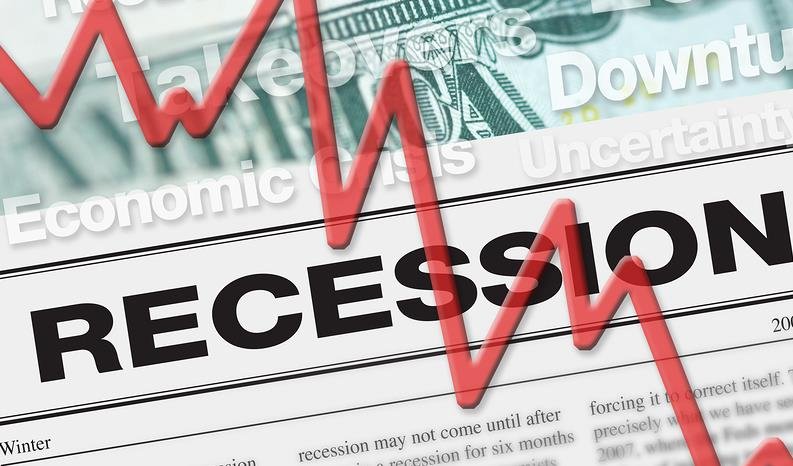A key economic indicator that has predicted two of the past three global recessions is flashing red again, raising concerns about the outlook for the world economy in 2023. The indicator is the yield curve, which shows the difference between the interest rates on short-term and long-term government bonds.
Typically, long-term bonds have higher interest rates than short-term bonds, reflecting the higher risk and uncertainty of lending money for a longer period. This means that the yield curve is usually upward sloping, indicating that investors expect higher returns in the future. However, sometimes the yield curve can become inverted, meaning that short-term bonds have higher interest rates than long-term bonds. This signals that investors are pessimistic about the future and demand higher returns for lending money in the short term.

An inverted yield curve is considered a reliable predictor of recessions, because it implies that investors expect lower economic growth and inflation in the future, which can lead to lower consumer spending, business investment, and employment. According to a study by the World Bank, an inverted yield curve has preceded two of the past three global recessions: the 2008-2009 financial crisis and the 1990-1991 Gulf War recession. The only exception was the 2001 dot-com bust, which did not trigger a global recession but affected mainly the US and some other advanced economies.
Why is the yield curve inverted now?
The yield curve inversion that is currently happening is mainly driven by two factors: rising inflation and tightening monetary policy. The global economy has been experiencing a surge in inflation in 2022, due to a combination of factors such as supply chain disruptions, higher energy prices, pent-up demand, and fiscal stimulus. Inflation erodes the purchasing power of money and reduces the real returns on bonds, making them less attractive for investors. As a result, bond prices fall and bond yields rise, especially for short-term bonds that are more sensitive to inflation expectations.
At the same time, central banks around the world have started to raise interest rates or signal their intention to do so in order to curb inflation and prevent overheating of their economies. Higher interest rates also make bonds less attractive for investors, as they increase the opportunity cost of holding them compared to other assets. Moreover, higher interest rates tend to slow down economic growth and reduce future inflation expectations, which lowers the demand for long-term bonds and their yields. Therefore, rising inflation and tightening monetary policy can both contribute to flattening or inverting the yield curve.
What are the implications and risks for the global economy?
The inversion of the yield curve does not necessarily mean that a global recession is imminent, but it does indicate that the risks are increasing. According to the World Bank, there is usually a lag of about 12 to 18 months between an inversion of the yield curve and a global recession. This means that if the current inversion persists or worsens, the world economy could face a downturn in 2023 or 2024.
However, there are also some factors that could mitigate or reverse the negative effects of an inverted yield curve. For example, some analysts argue that the current inflation spike is transitory and will fade as supply bottlenecks are resolved and demand normalizes. This could ease the pressure on central banks to raise interest rates aggressively and allow them to adopt a more gradual and flexible approach. Furthermore, some governments may provide fiscal support to their economies if they face a slowdown or a shock, which could boost growth and confidence.
Another factor that could affect the reliability of the yield curve as a predictor of recessions is the unprecedented level of intervention by central banks in bond markets since the 2008-2009 financial crisis. Through quantitative easing (QE) programs, central banks have bought large amounts of long-term bonds to lower their yields and stimulate borrowing and spending. This could distort the shape of the yield curve and make it less reflective of market expectations. However, some studies suggest that QE does not invalidate the predictive power of the yield curve, but rather amplifies it by signaling central banks’ views on future economic conditions.
